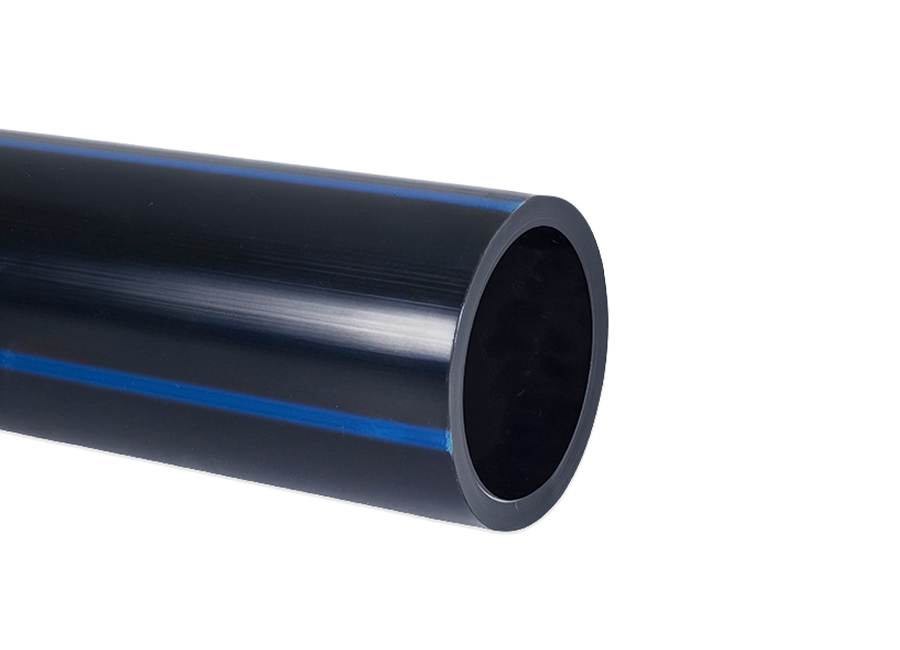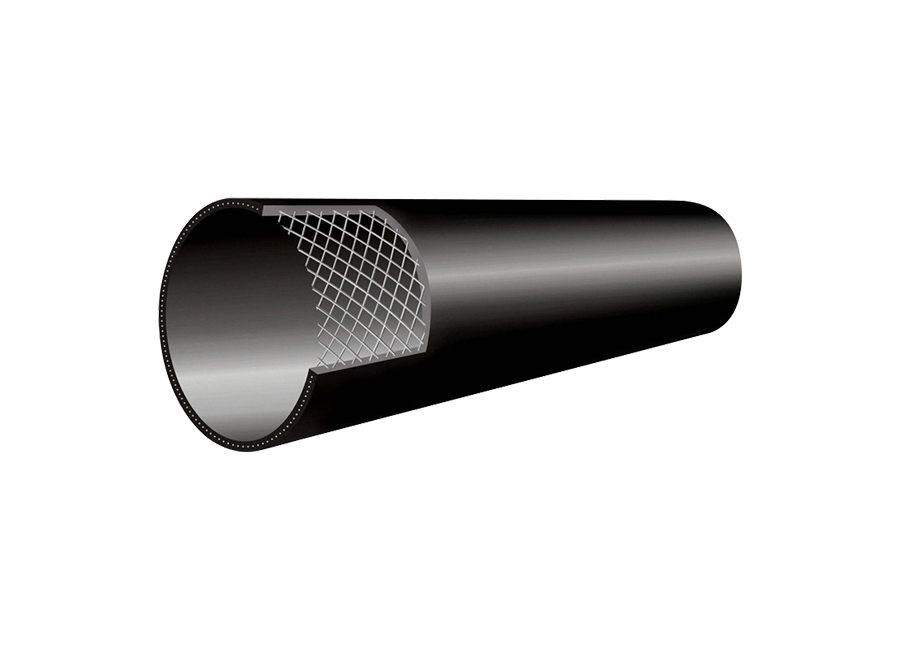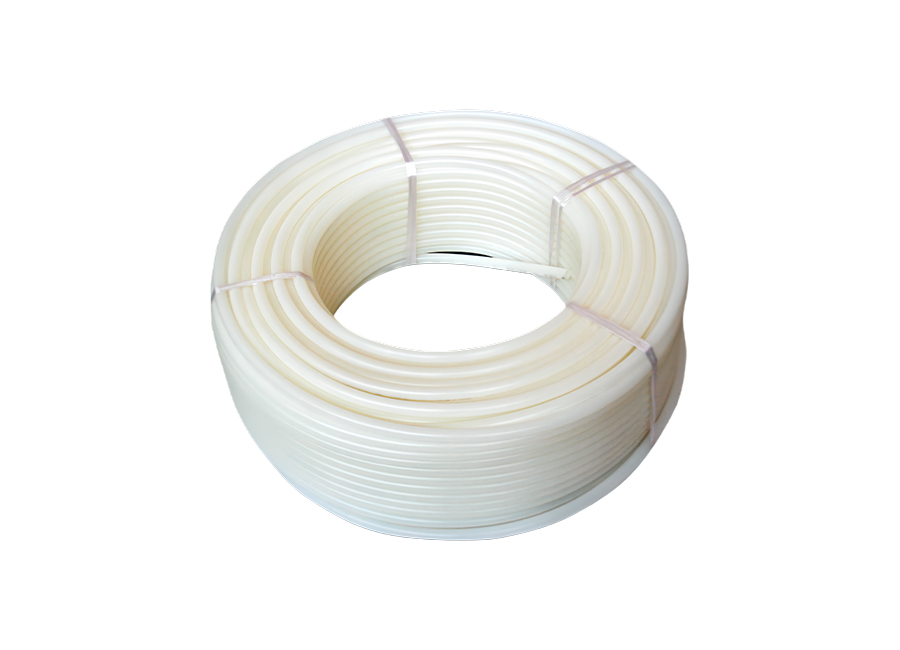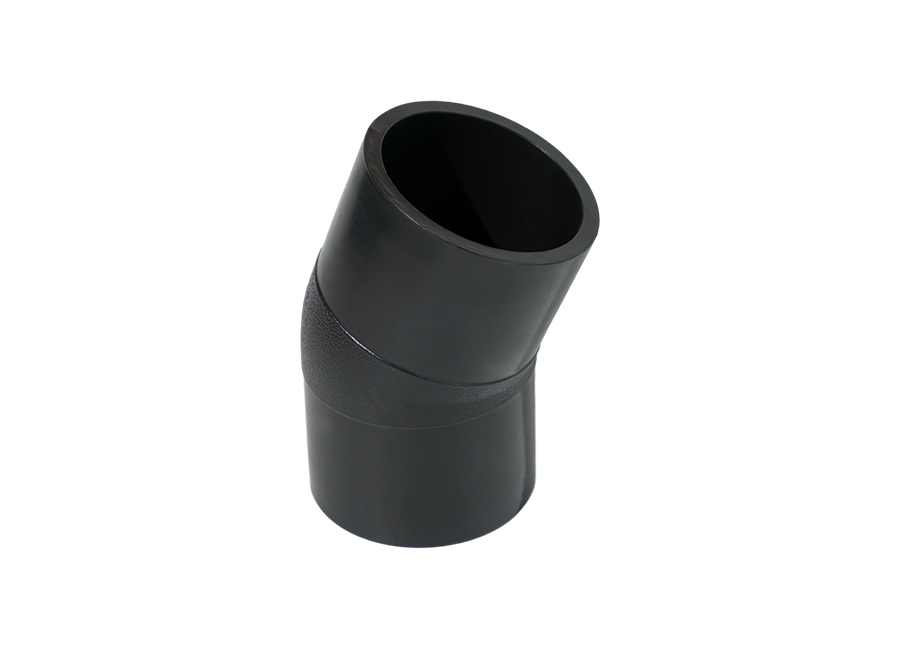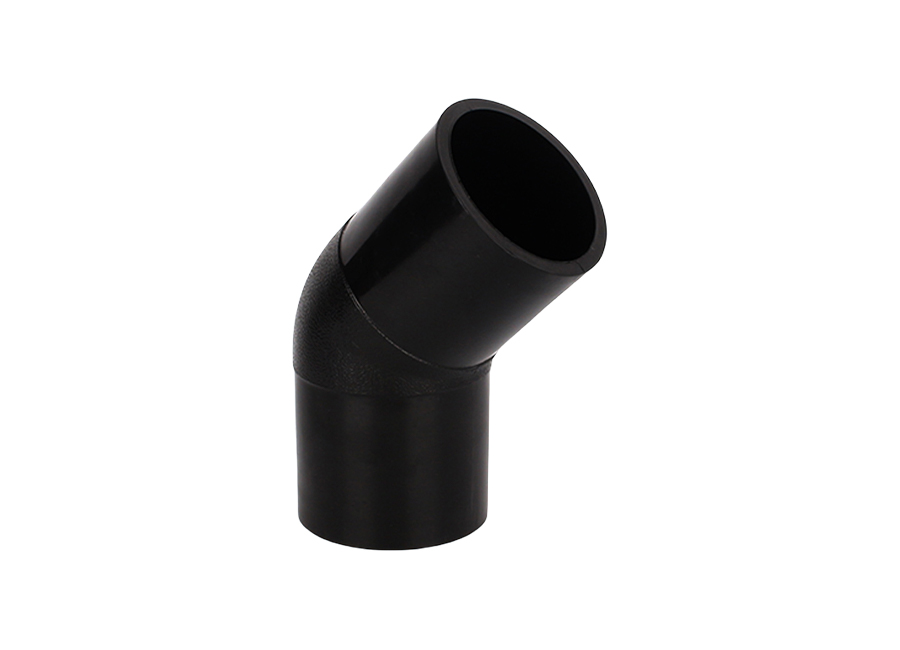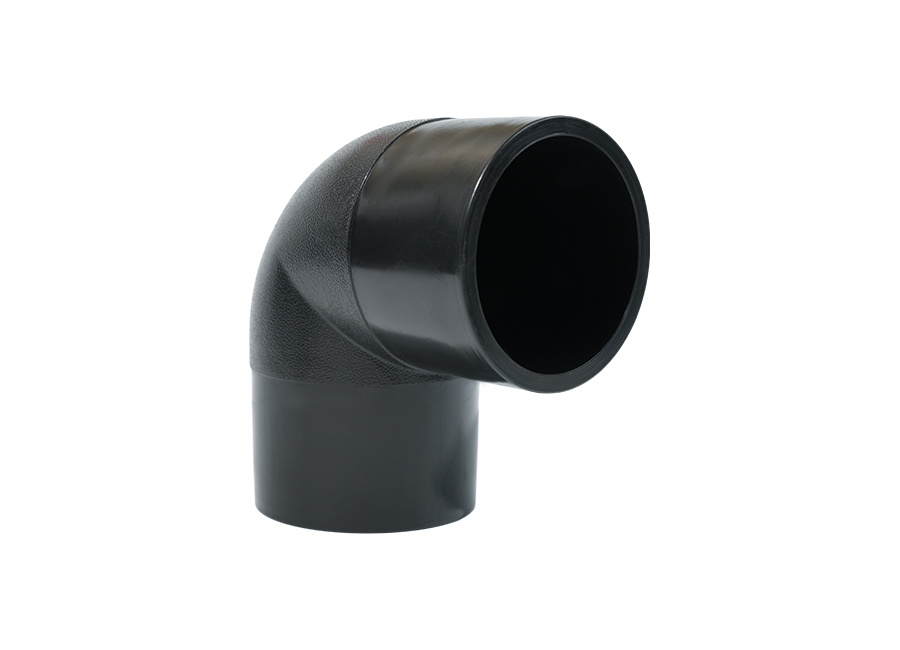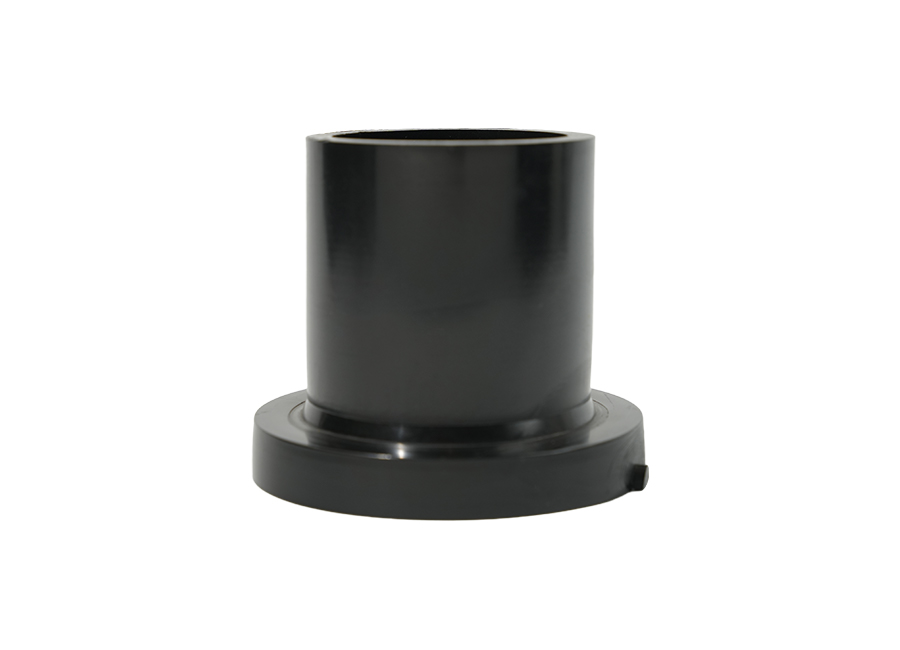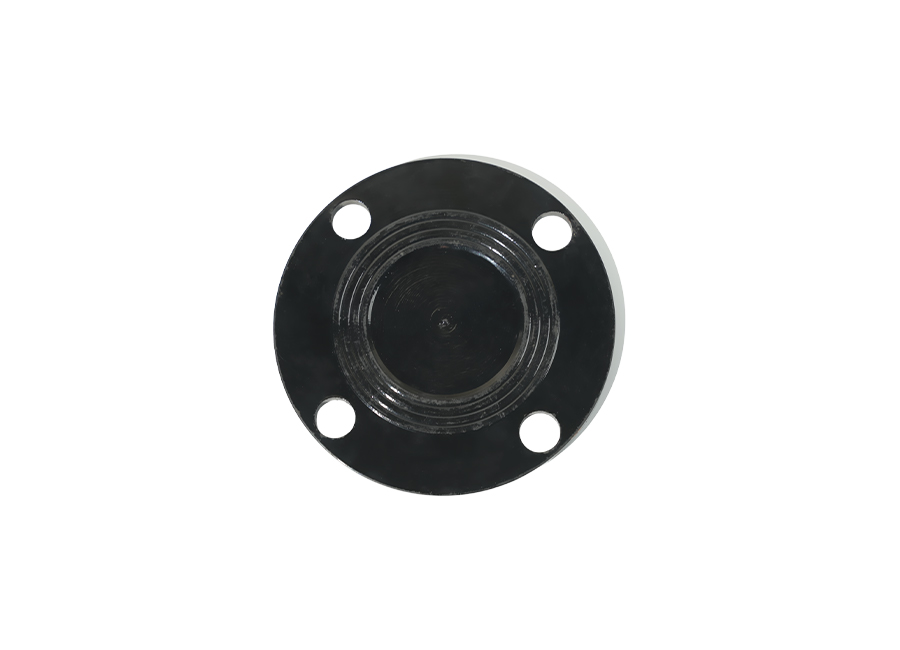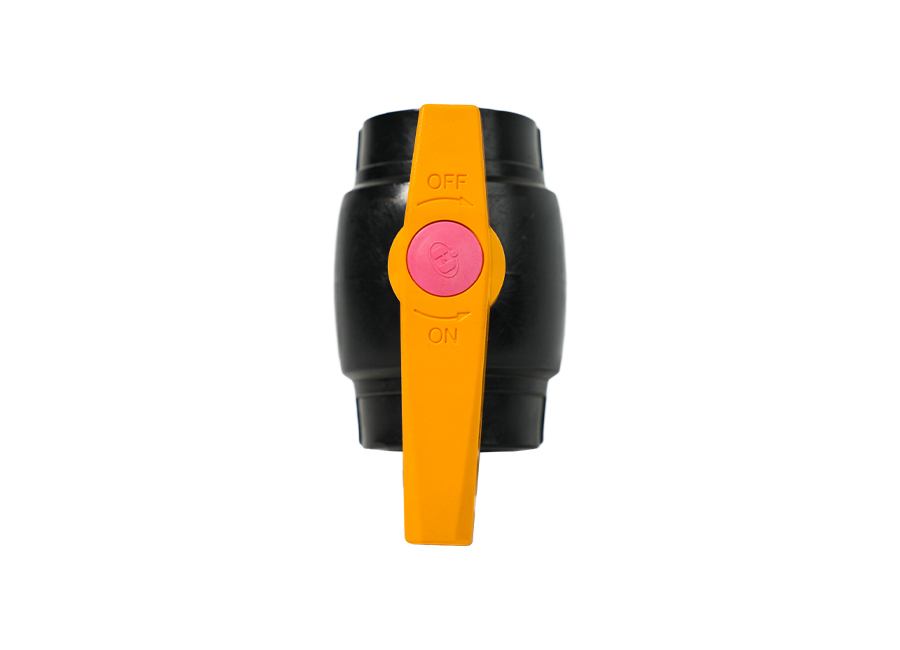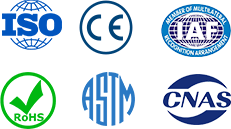Content
1. What is PE pipe?
PE pipe (polyethylene pipe) is a plastic pipe made of polyethylene (Polyethylene) as the main raw material. It has the characteristics of light weight, corrosion resistance, good flexibility, etc. It is widely used in water supply, gas transmission, agricultural irrigation, industrial pipelines and other fields.
2. The main types of PE pipes
According to different densities and performances, PE pipes are mainly divided into:
PE80 pipe: medium density, suitable for low-pressure water supply, irrigation and other scenarios.
PE100 pipe: high density, stronger pressure bearing capacity, commonly used in gas transmission, high-pressure water supply, etc.
PE-RT pipe (heat-resistant polyethylene): can be used for low-temperature floor heating systems.

3. Detailed explanation of the characteristics of PE pipes
Excellent chemical corrosion resistance
Acid, alkali and salt corrosion resistance: PE pipes have strong resistance to most chemicals (such as acids, alkalis, and salts), and will not rust or electrochemically corrode like metal pipes.
No electrochemical corrosion: no need for anti-corrosion treatment like metal pipes, reducing maintenance costs.
Wide range of applicable media: can be used to transport drinking water, sewage, chemical liquids, etc.
Application scenarios: chemical pipelines, sewage treatment, seawater desalination, etc.
High flexibility and impact resistance
Flexible and easy to bend: PE pipes can be laid in coils to adapt to complex terrain, reduce the number of joints, and reduce the risk of leakage.
Anti-ground subsidence: When the foundation settles unevenly or an earthquake occurs, the PE pipe can buffer stress through deformation and is not easy to break.
Low temperature impact resistance: It still maintains good toughness in the range of -60℃~60℃, suitable for use in cold areas.
Application scenarios: earthquake-prone areas, frozen areas, trenchless construction (jacking, dragging pipes).
Lightweight and convenient construction
Light weight: The density is only 1/8 of that of steel pipes, and transportation and installation are more labor-saving.
Flexible connection method:
Hot-melt connection: The interface strength is ≥ the pipe body, and there is no leakage risk.
Electric fusion connection: High degree of automation, suitable for narrow space operations.
Mechanical connection: flange, clamp and other quick installation methods.
High construction efficiency: no need for complex processes such as welding and galvanizing, and the construction period is shortened by more than 50%.
Application scenarios: municipal engineering, rural water supply, emergency repair projects.
Super long service life
Aging resistance: PE pipes with anti-ultraviolet agents can be used outdoors with a service life of more than 50 years.
Wear resistance: When conveying sandy water or slurry, the wear rate is much lower than that of metal pipes.
Maintenance-free: the inner wall does not scale or breed bacteria, and the flow rate is stable for long-term use.
Comparison data:
|
Pipe type |
Typical lifespan |
Maintenance requirements |
|
PE pipe |
50+ years |
Basically not required |
|
Steel pipe |
15-20 years |
Anti-corrosion required |
|
PVC pipe |
20-30 years |
Easy to become brittle |
Superior hydraulic performance
Smooth inner wall: the roughness coefficient is only 0.01 (0.015 for steel pipes), the water flow resistance is small, and energy saving is more than 20%.
Stable diameter: There is no shrinkage of the pipe diameter caused by rust or scaling, and the flow rate does not decay in long-term use.
Case: Under the same flow rate, PE pipes can use a smaller diameter than steel pipes to reduce costs.
- Hygienic and safe, in line with environmental protection requirements
Food-grade materials: PE raw materials are non-toxic and tasteless, and have passed the GB/T 17219 drinking water hygiene standard.
No algae breeding: The smooth inner wall inhibits the attachment of microorganisms and ensures water quality.
Recyclable: Waste PE pipes can be melted and recycled, which is green and environmentally friendly.
Application scenarios: direct drinking water system, food industry pipelines.
4. Application areas of PE pipes: comprehensive coverage from municipal engineering to modern agriculture
Ø Municipal water supply and drainage system
(1) Urban water supply network
Core advantages:
Comply with GB/T 13663 drinking water hygiene standard, non-toxic and odorless
Smooth inner wall (roughness coefficient 0.01), no scaling after long-term use
Strong pressure bearing capacity (PE100 pipe can reach PN16)
Typical specifications:
Diameter DN20-DN1200, pressure level PN6-PN16
Blue pipe body logo, distinguished from other pipes
(2) Sewage and rainwater discharge
Technical features:
Acid and alkali corrosion resistance, can transport liquids with pH value of 2-12
Double-wall corrugated pipe (HDPE) for large flow drainage, ring stiffness SN8-SN16
Innovative applications:
Non-excavation repair of old pipe network (insertion pipe method, reduced diameter liner method)
Ø Gas transmission field
Urban gas pipeline network
Standard requirements:
PE100 grade raw materials must be used (GB 15558.1-2015)
Yellow pipe body logo, added with UV protection agent
Safety performance:
Elongation at break ≥350%, can resist third-party construction damage
Electrofusion connection achieves full sealing and no leakage
Ø Agricultural irrigation system
(1) High-efficiency water-saving irrigation
Drip irrigation/sprinkler irrigation network:
Black PE pipe (UV-resistant) diameter 16-250mm
Working pressure 0.4-1.0MPa, life span of more than 15 years
Technological breakthrough:
Nano-modified PE pipe (anti-algae and anti-clogging)
(2) Aquaculture application
Fish pond aeration pipeline
Livestock and poultry drinking water pipeline (bite-resistant type)
Industrial pipeline engineering
(1) Chemical fluid transportation
Corrosion-resistant solution:
High-density PE pipe (PE100 RC) resistant to strong acids and alkalis
Plastic-lined composite pipe (PE+steel skeleton)
(2) Mining engineering
Slurry transportation pipeline (wear-resistant layer thickness ≥6mm)
Tailing pond drainage pipe (perforated corrugated pipe)
5. Key points of PE pipe fittings construction and installation
- Connection process control
Hot-melt butt welding:
Specialized welding machines (such as REHAU and Georg Fischer brands) must be used
Welding temperature 210±10℃, pressure-maintaining cooling time ≥ pipe diameter × 1.2 minutes
Electrofusion connection:
Scrape oxide layer length > pipe socket depth
Electricity time is strictly implemented according to pipe fitting markings
- Pipeline laying specifications
Minimum bending radius ≥ 25 times the pipe diameter (to prevent stress cracking)
A 10cm sand cushion layer must be laid at the bottom of the trench (to prevent sharp stones from piercing)
- Common Problem Solving
|
Fault phenomenon |
Possible cause |
Solution |
|
Interface leakage |
Wrong welding parameters |
Remove and re-weld |
|
Pipe cracking |
Foundation settlement/frost heave |
Install flexible joint |
|
Flow reduction |
Biofilm/scaling |
High-pressure water jet cleaning |
- Regular inspection items
Pipeline wall thickness inspection (ultrasonic thickness gauge) at least once a year
Gas pipelines need to be tested for air tightness every 2 years

 English
English 中文简体
中文简体 русский
русский عربى
عربى


